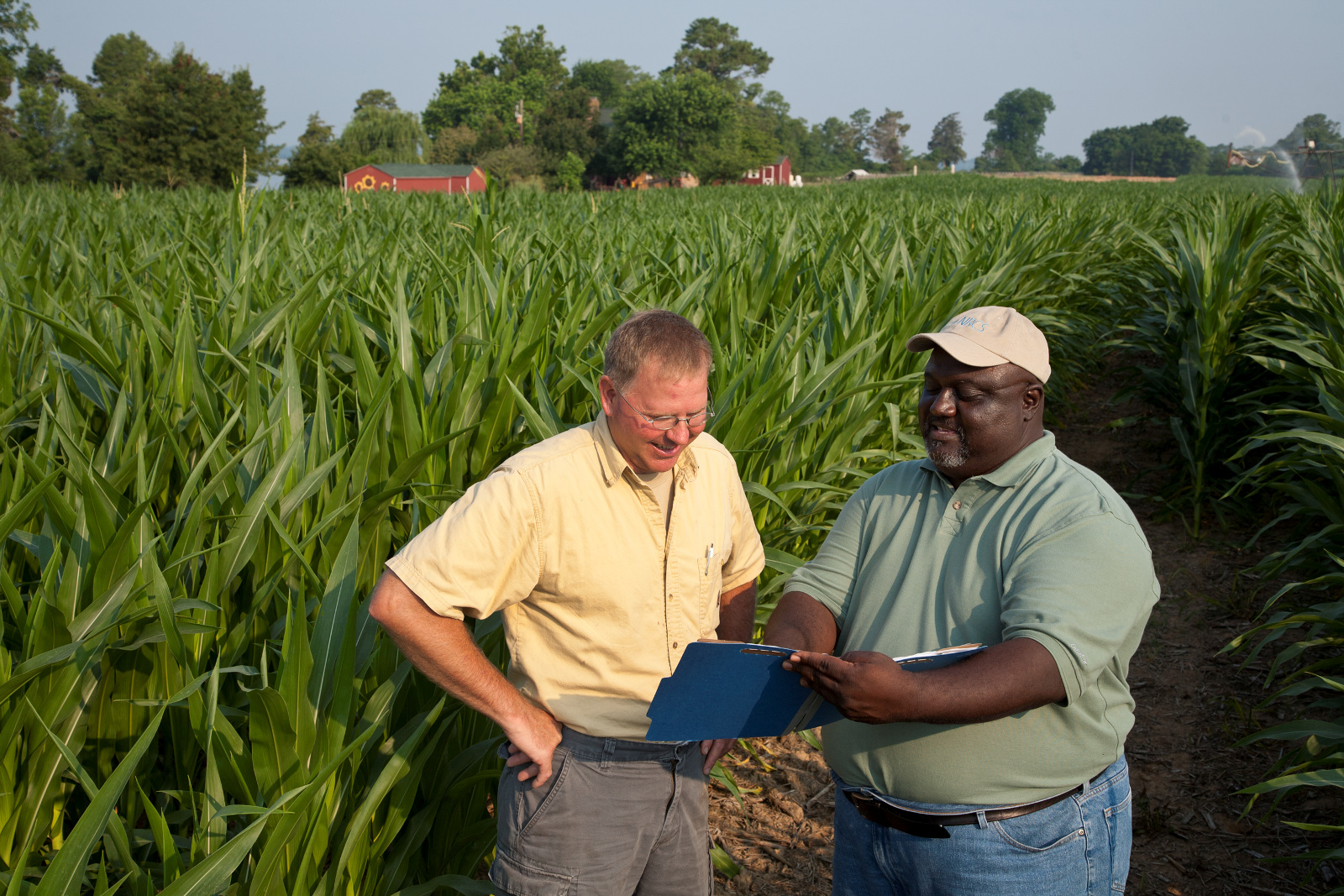
What is COMET-Farm?
COMET-Farm is a whole farm and ranch
carbon and greenhouse gas accounting system.
The tool guides you through describing your farm and ranch management practices including alternative future management scenarios. Once complete, a report is generated comparing the carbon changes and greenhouse gas emissions between your current management practices and future scenarios.
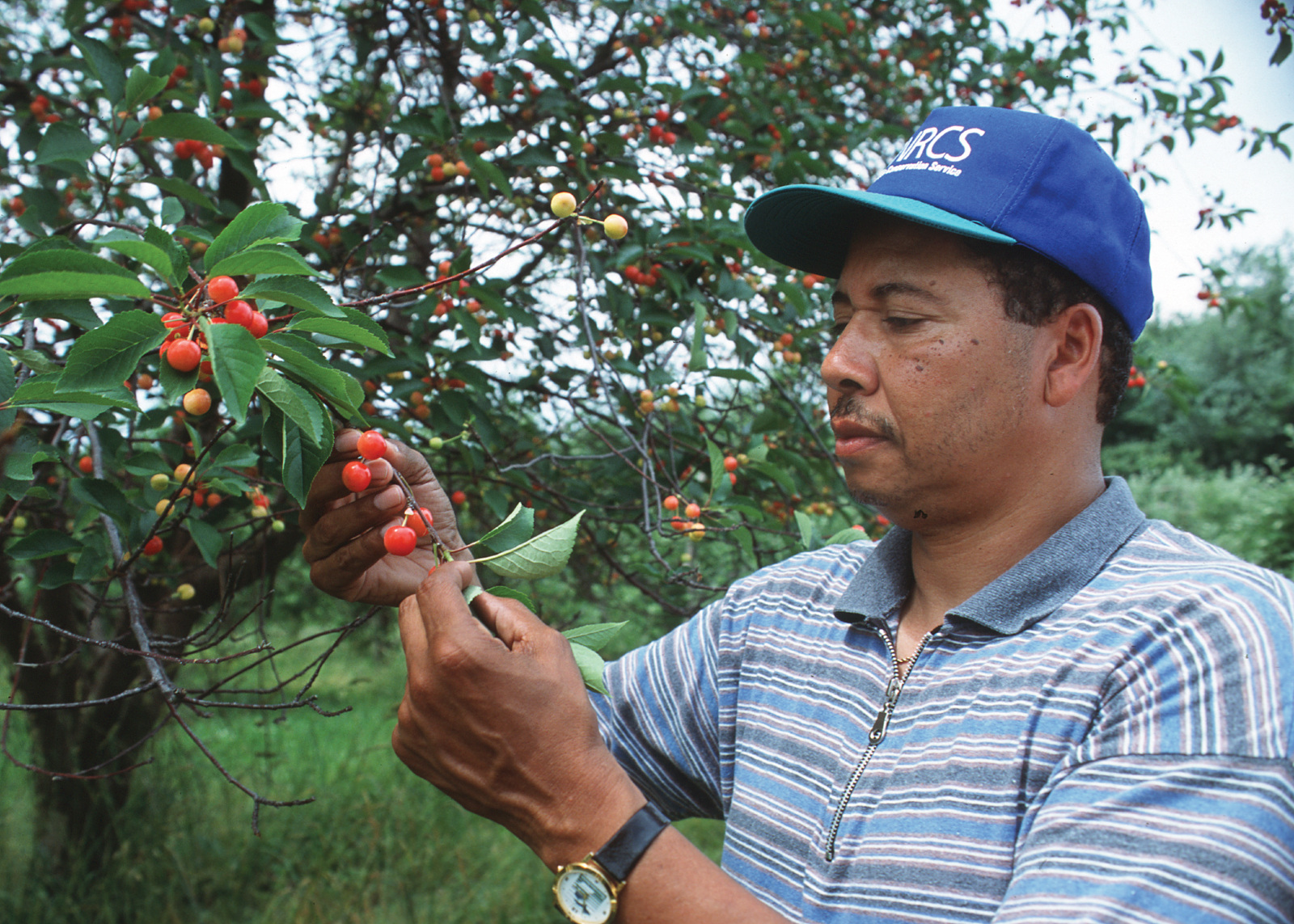
What is COMET-Farm?
COMET-Farm is a whole farm and ranch
carbon and greenhouse gas accounting system.
The tool guides you through describing your farm and ranch management practices including alternative future management scenarios. Once complete, a report is generated comparing the carbon changes and greenhouse gas emissions between your current management practices and future scenarios.

What is COMET-Farm?
COMET-Farm is a whole farm and ranch
carbon and greenhouse gas accounting system.
The tool guides you through describing your farm and ranch management practices including alternative future management scenarios. Once complete, a report is generated comparing the carbon changes and greenhouse gas emissions between your current management practices and future scenarios.
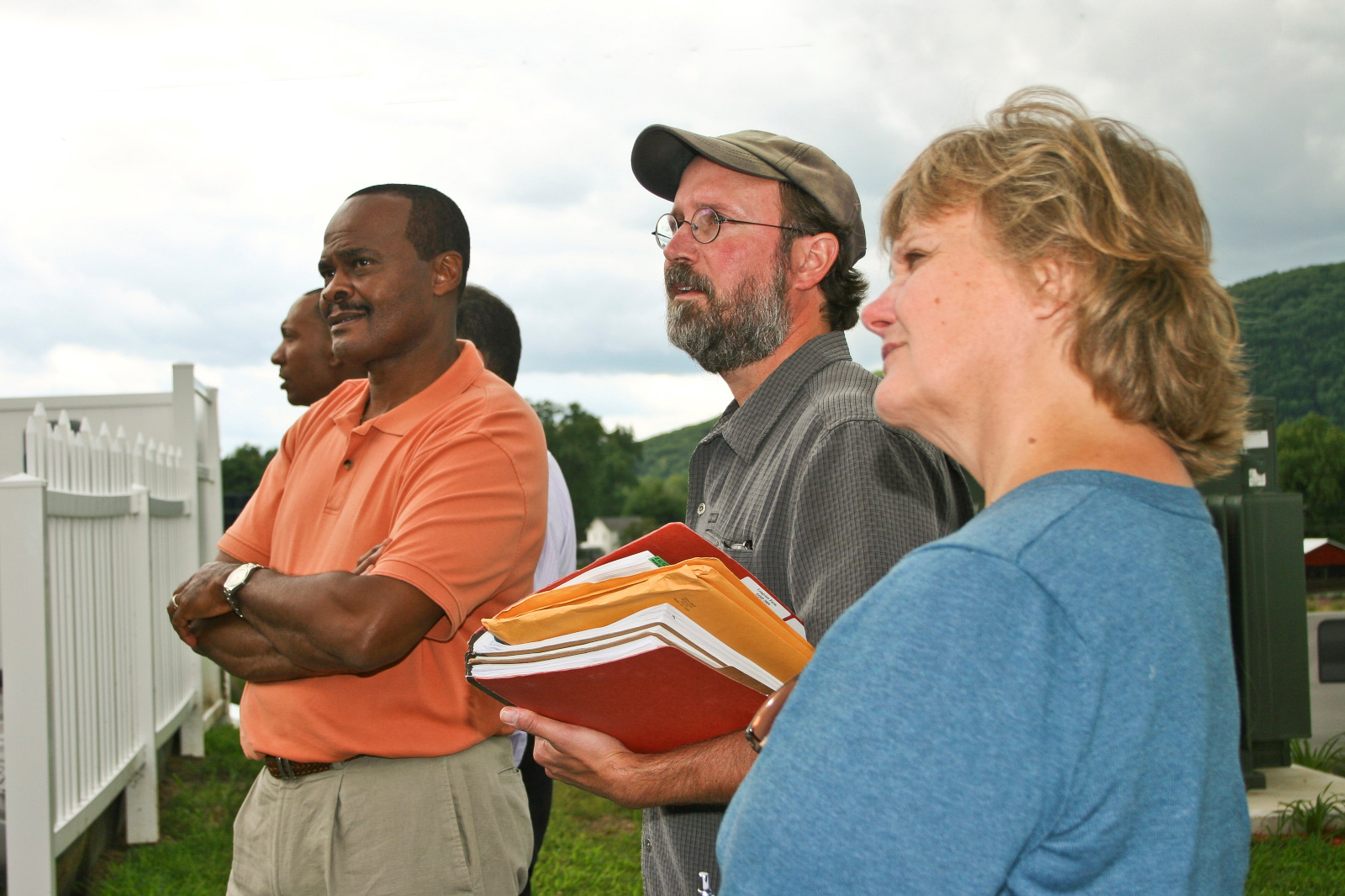
What is COMET-Farm?
COMET-Farm is a whole farm and ranch
carbon and greenhouse gas accounting system.
The tool guides you through describing your farm and ranch management practices including alternative future management scenarios. Once complete, a report is generated comparing the carbon changes and greenhouse gas emissions between your current management practices and future scenarios.
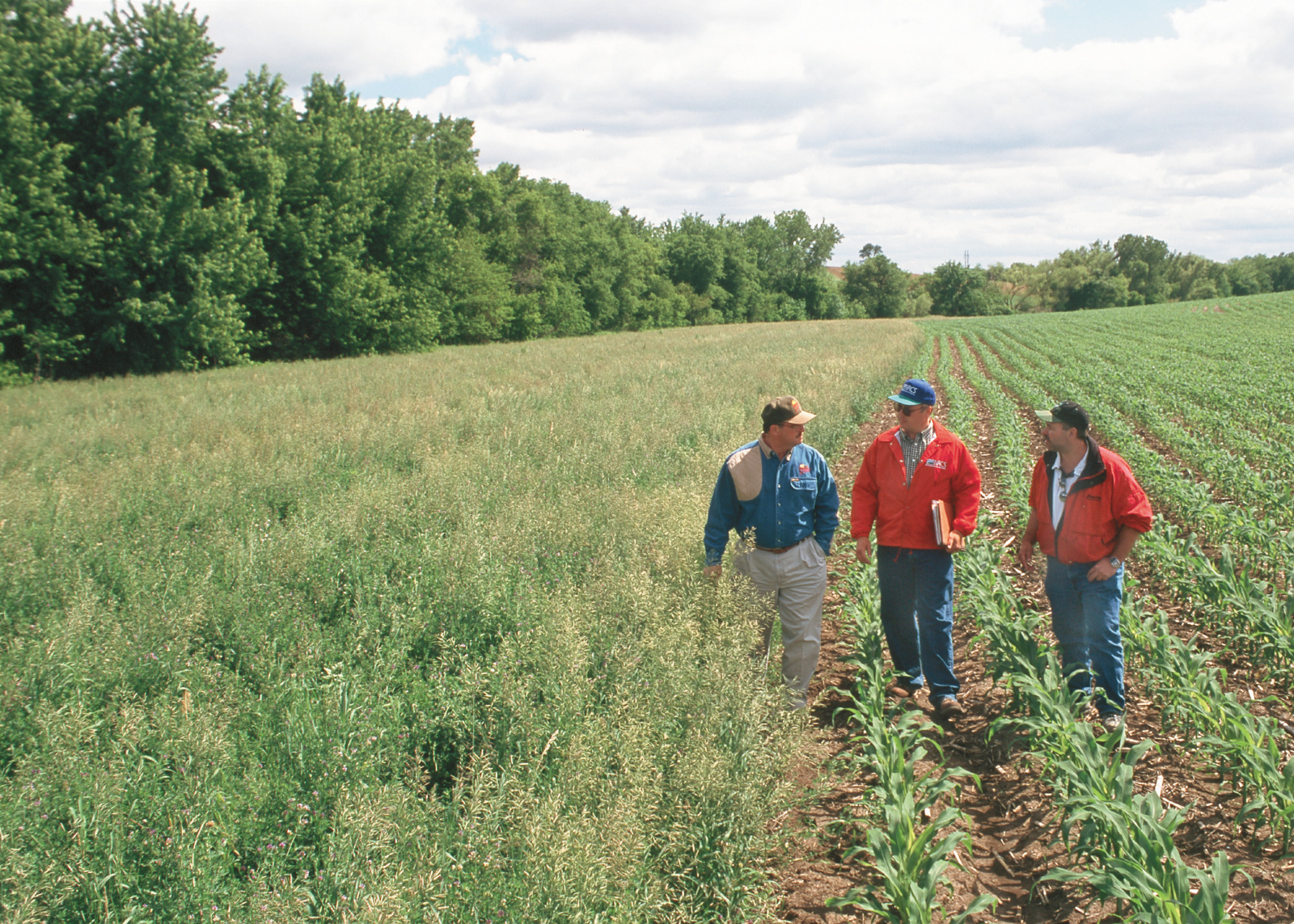
What is COMET-Farm?
COMET-Farm is a whole farm and ranch
carbon and greenhouse gas accounting system.
The tool guides you through describing your farm and ranch management practices including alternative future management scenarios. Once complete, a report is generated comparing the carbon changes and greenhouse gas emissions between your current management practices and future scenarios.

What is COMET-Farm?
COMET-Farm is a whole farm and ranch
carbon and greenhouse gas accounting system.
The tool guides you through describing your farm and ranch management practices including alternative future management scenarios. Once complete, a report is generated comparing the carbon changes and greenhouse gas emissions between your current management practices and future scenarios.

What is COMET-Farm?
COMET-Farm is a whole farm and ranch
carbon and greenhouse gas accounting system.
The tool guides you through describing your farm and ranch management practices including alternative future management scenarios. Once complete, a report is generated comparing the carbon changes and greenhouse gas emissions between your current management practices and future scenarios.
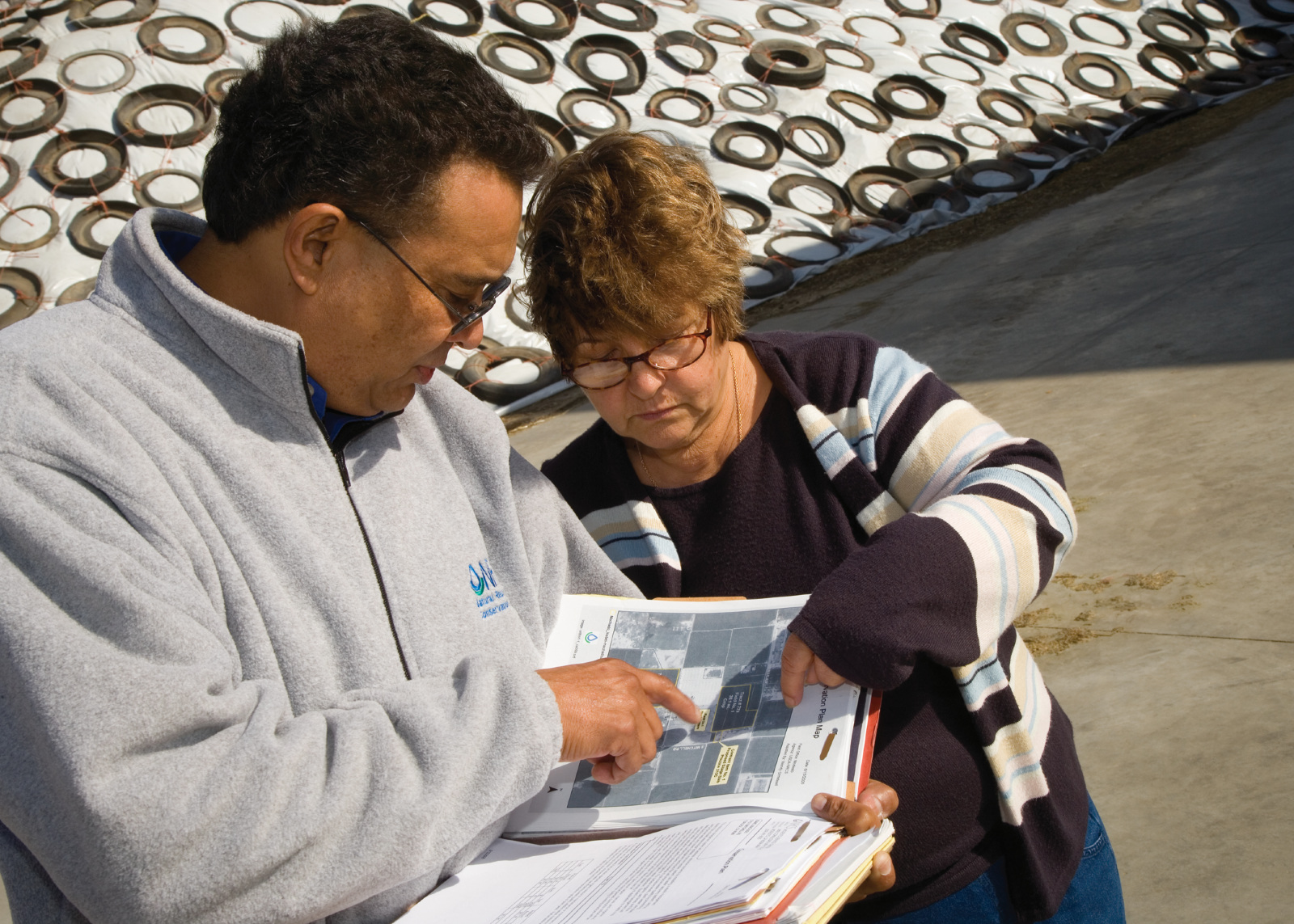
What is COMET-Farm?
COMET-Farm is a whole farm and ranch
carbon and greenhouse gas accounting system.
The tool guides you through describing your farm and ranch management practices including alternative future management scenarios. Once complete, a report is generated comparing the carbon changes and greenhouse gas emissions between your current management practices and future scenarios.
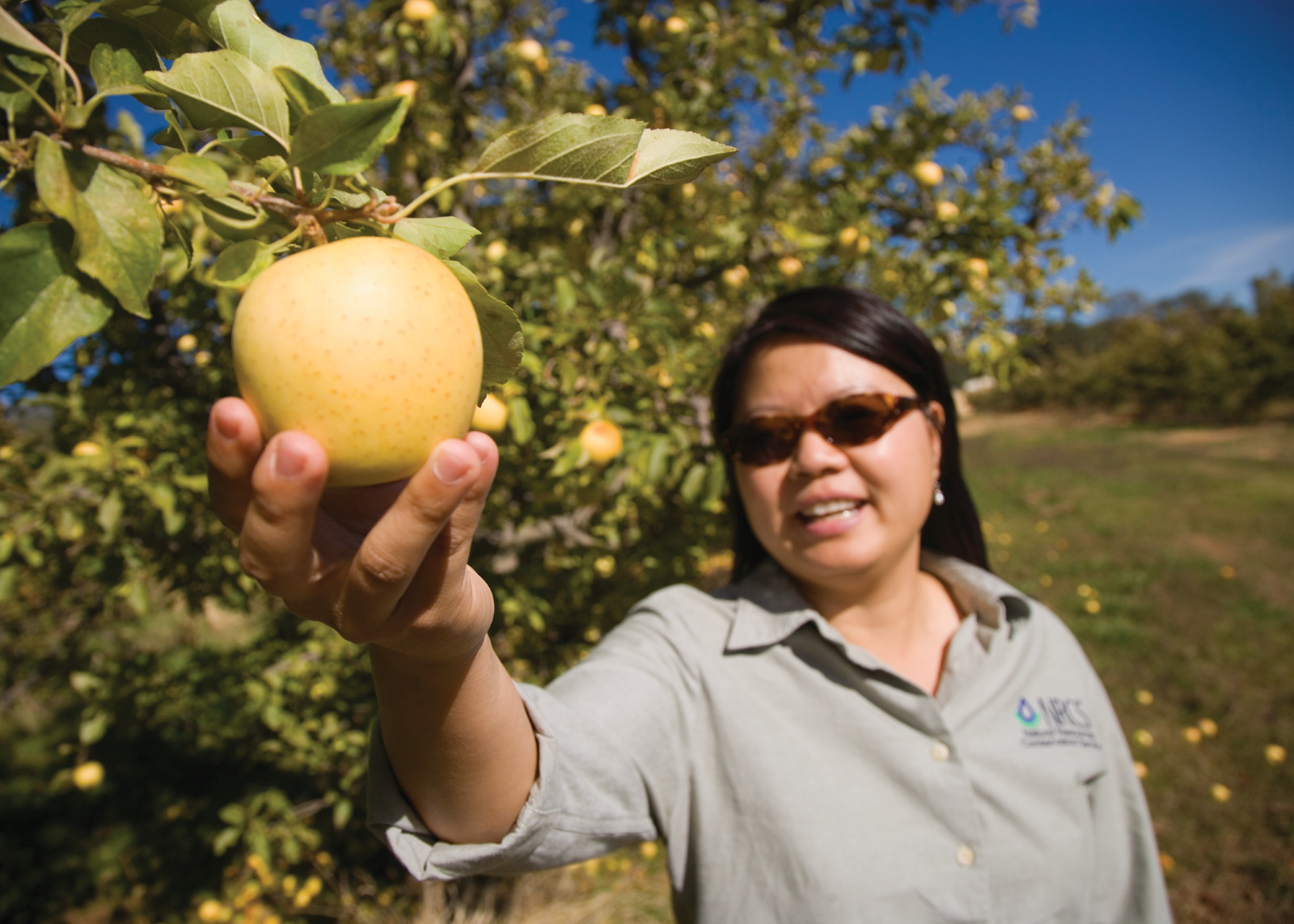
What is COMET-Farm?
COMET-Farm is a whole farm and ranch
carbon and greenhouse gas accounting system.
The tool guides you through describing your farm and ranch management practices including alternative future management scenarios. Once complete, a report is generated comparing the carbon changes and greenhouse gas emissions between your current management practices and future scenarios.
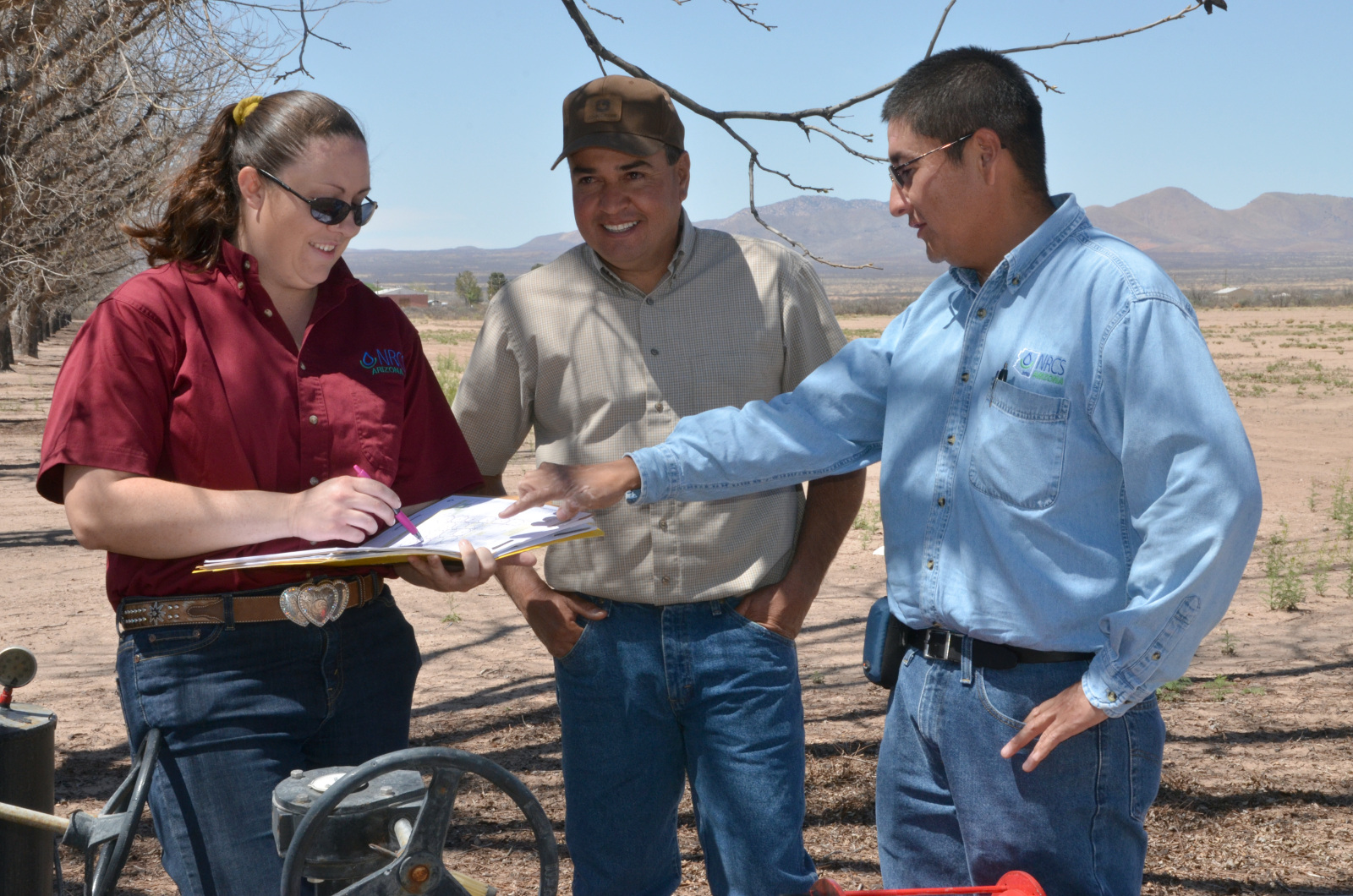
What is COMET-Farm?
COMET-Farm is a whole farm and ranch
carbon and greenhouse gas accounting system.
The tool guides you through describing your farm and ranch management practices including alternative future management scenarios. Once complete, a report is generated comparing the carbon changes and greenhouse gas emissions between your current management practices and future scenarios.
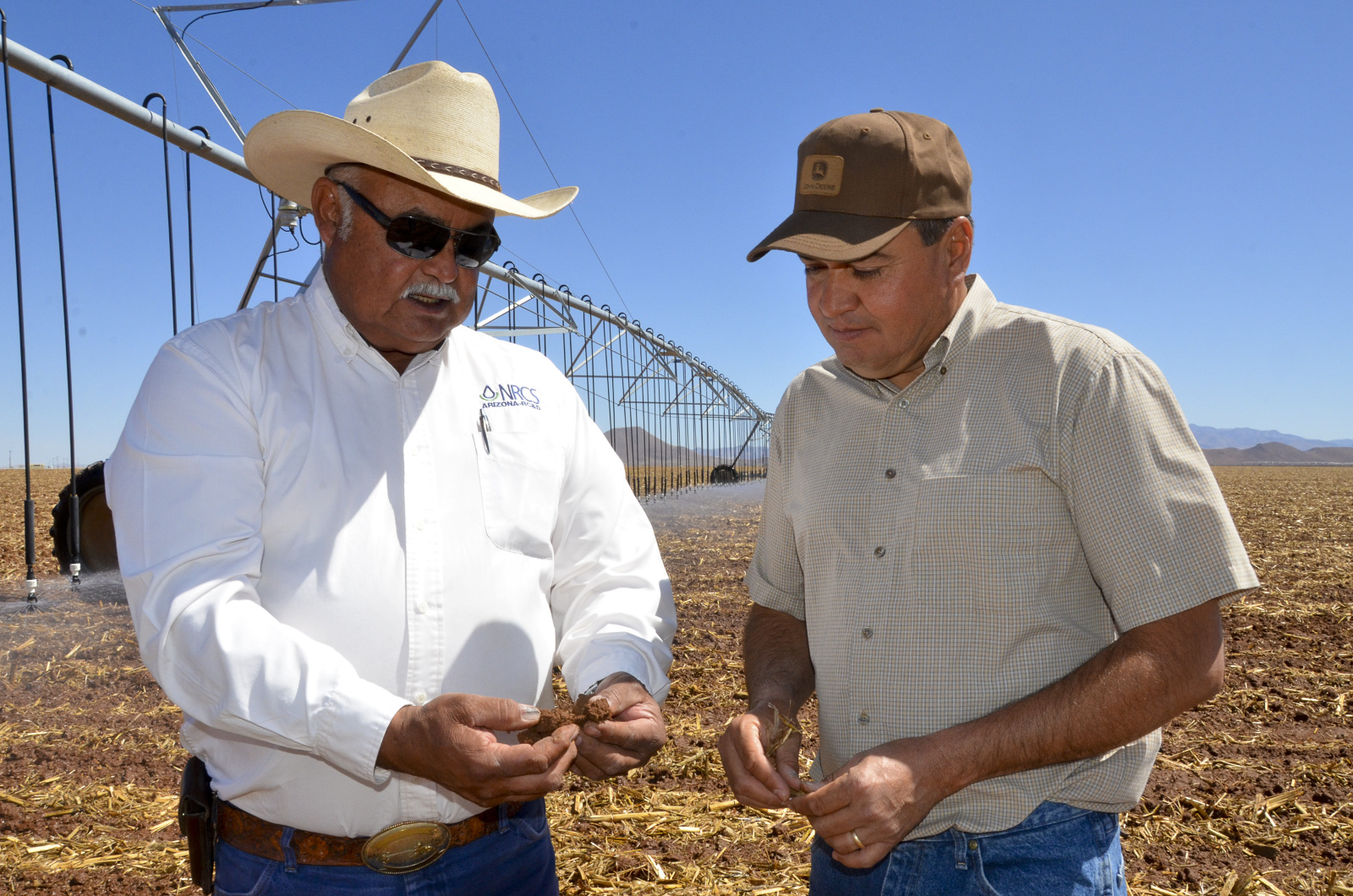
What is COMET-Farm?
COMET-Farm is a whole farm and ranch
carbon and greenhouse gas accounting system.
The tool guides you through describing your farm and ranch management practices including alternative future management scenarios. Once complete, a report is generated comparing the carbon changes and greenhouse gas emissions between your current management practices and future scenarios.
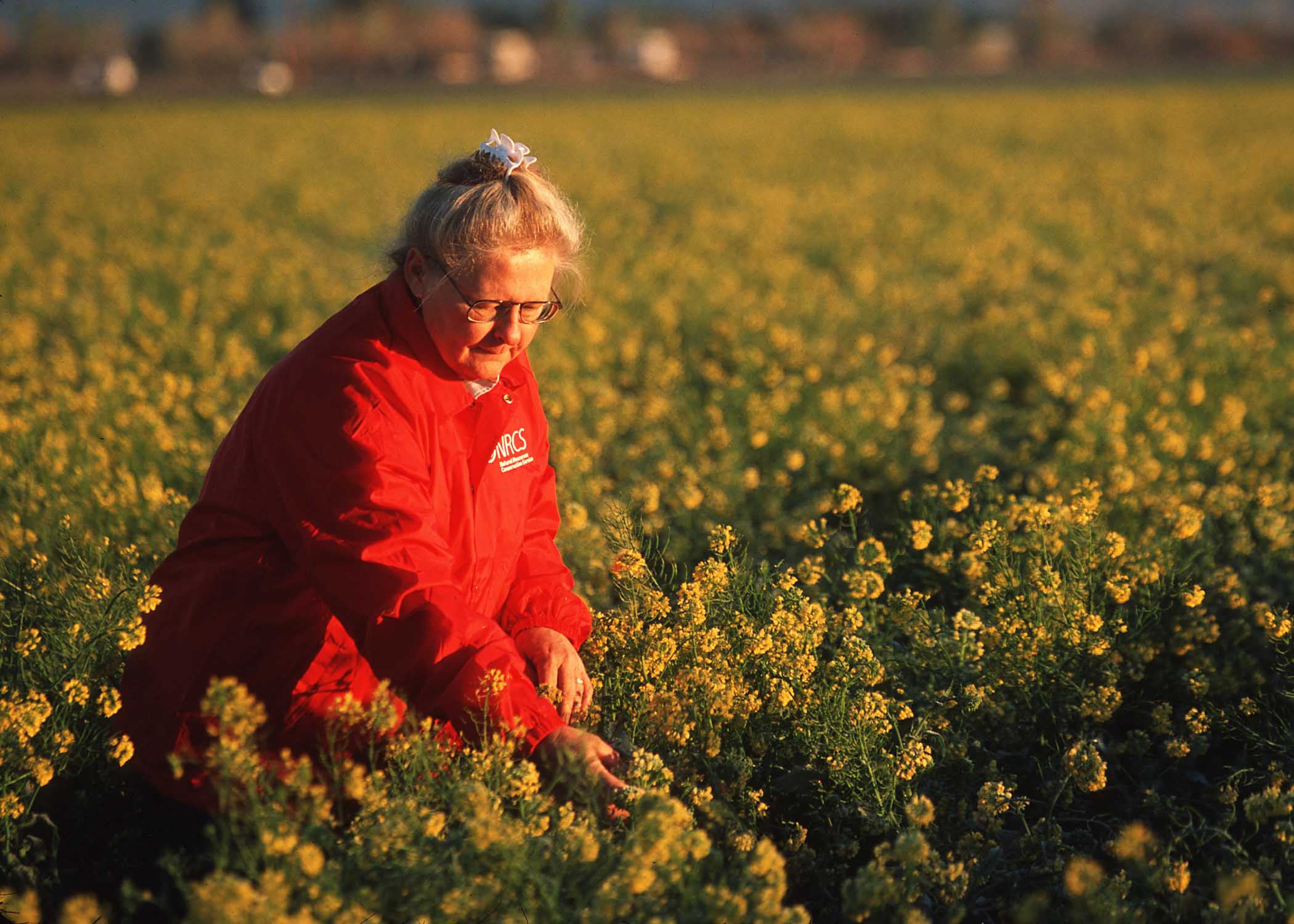
What is COMET-Farm?
COMET-Farm is a whole farm and ranch
carbon and greenhouse gas accounting system.
The tool guides you through describing your farm and ranch management practices including alternative future management scenarios. Once complete, a report is generated comparing the carbon changes and greenhouse gas emissions between your current management practices and future scenarios.
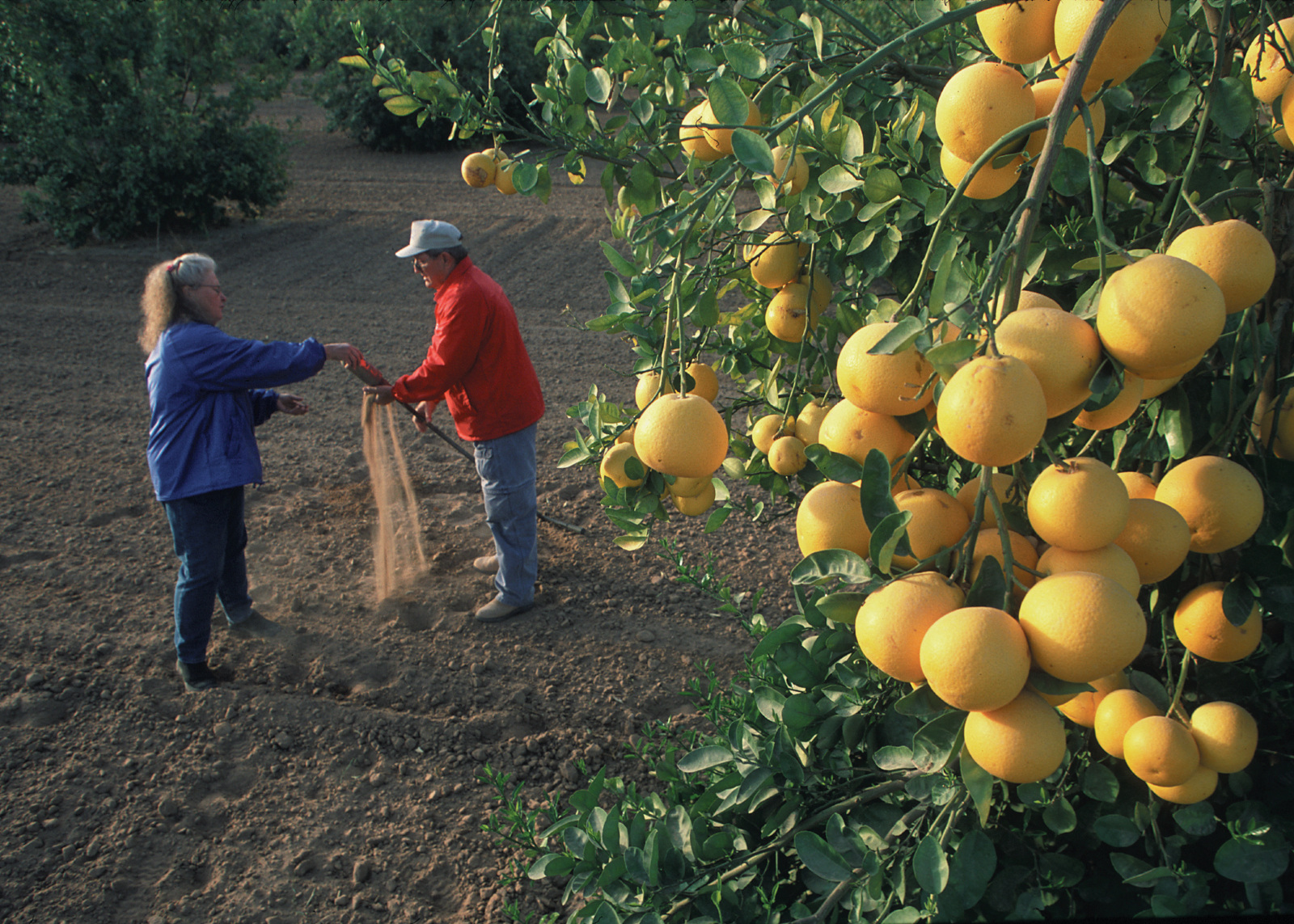
What is COMET-Farm?
COMET-Farm is a whole farm and ranch
carbon and greenhouse gas accounting system.
The tool guides you through describing your farm and ranch management practices including alternative future management scenarios. Once complete, a report is generated comparing the carbon changes and greenhouse gas emissions between your current management practices and future scenarios.
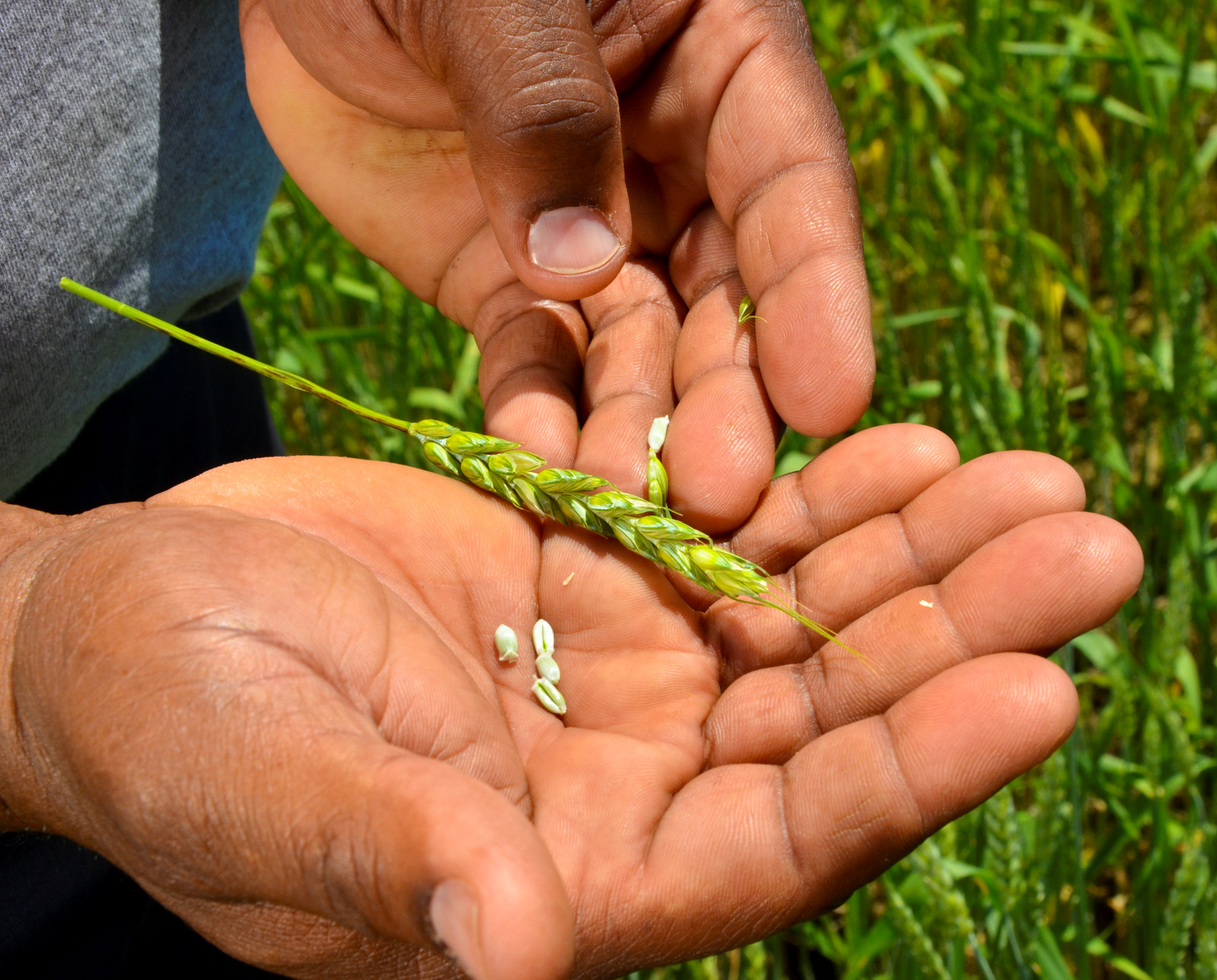
What is COMET-Farm?
COMET-Farm is a whole farm and ranch
carbon and greenhouse gas accounting system.
The tool guides you through describing your farm and ranch management practices including alternative future management scenarios. Once complete, a report is generated comparing the carbon changes and greenhouse gas emissions between your current management practices and future scenarios.
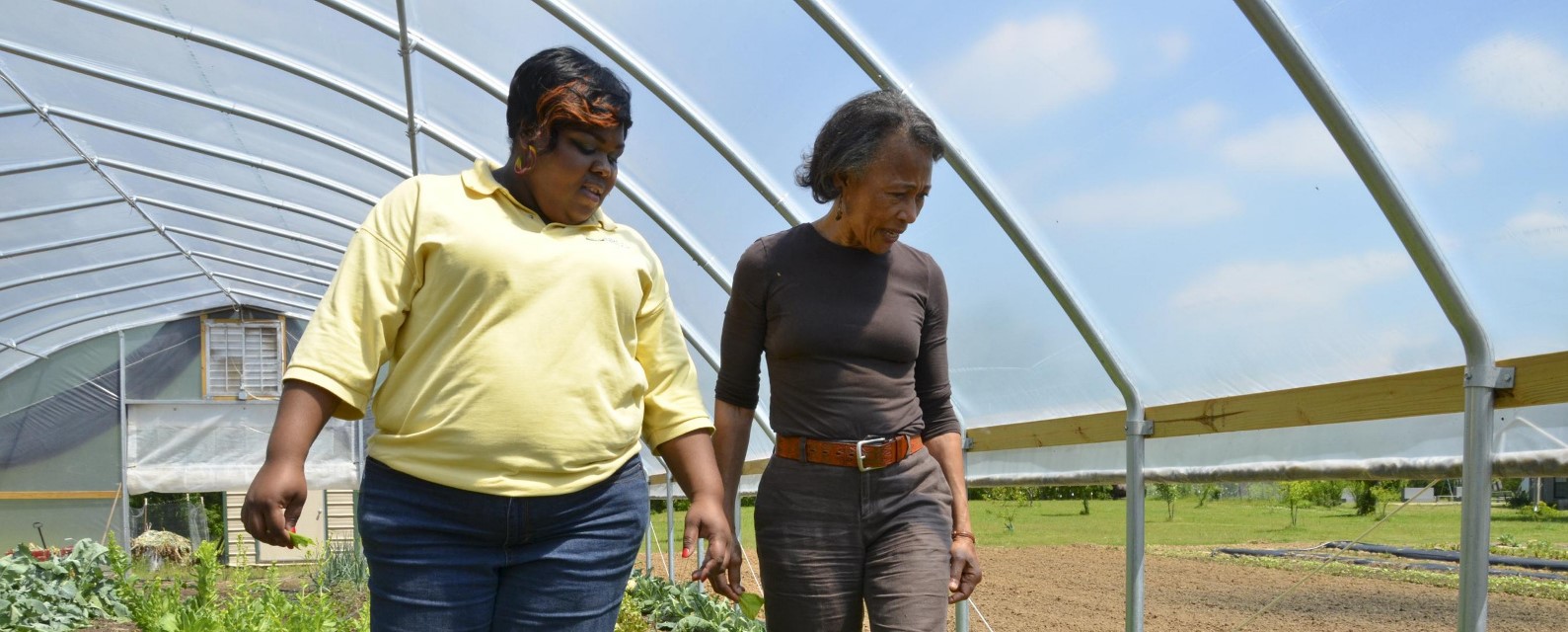
What is COMET-Farm?
COMET-Farm is a whole farm and ranch
carbon and greenhouse gas accounting system.
The tool guides you through describing your farm and ranch management practices including alternative future management scenarios. Once complete, a report is generated comparing the carbon changes and greenhouse gas emissions between your current management practices and future scenarios.
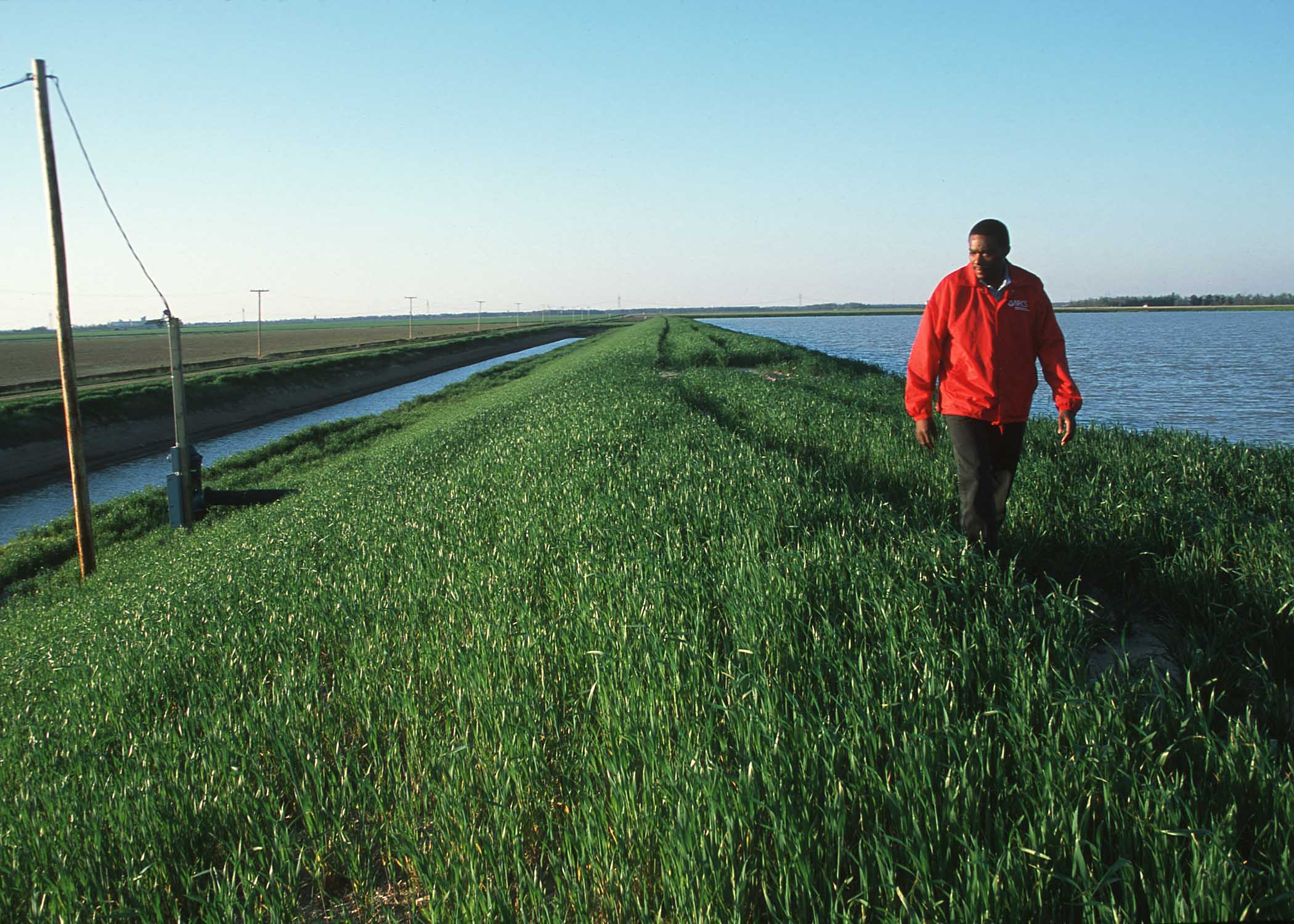
What is COMET-Farm?
COMET-Farm is a whole farm and ranch
carbon and greenhouse gas accounting system.
The tool guides you through describing your farm and ranch management practices including alternative future management scenarios. Once complete, a report is generated comparing the carbon changes and greenhouse gas emissions between your current management practices and future scenarios.
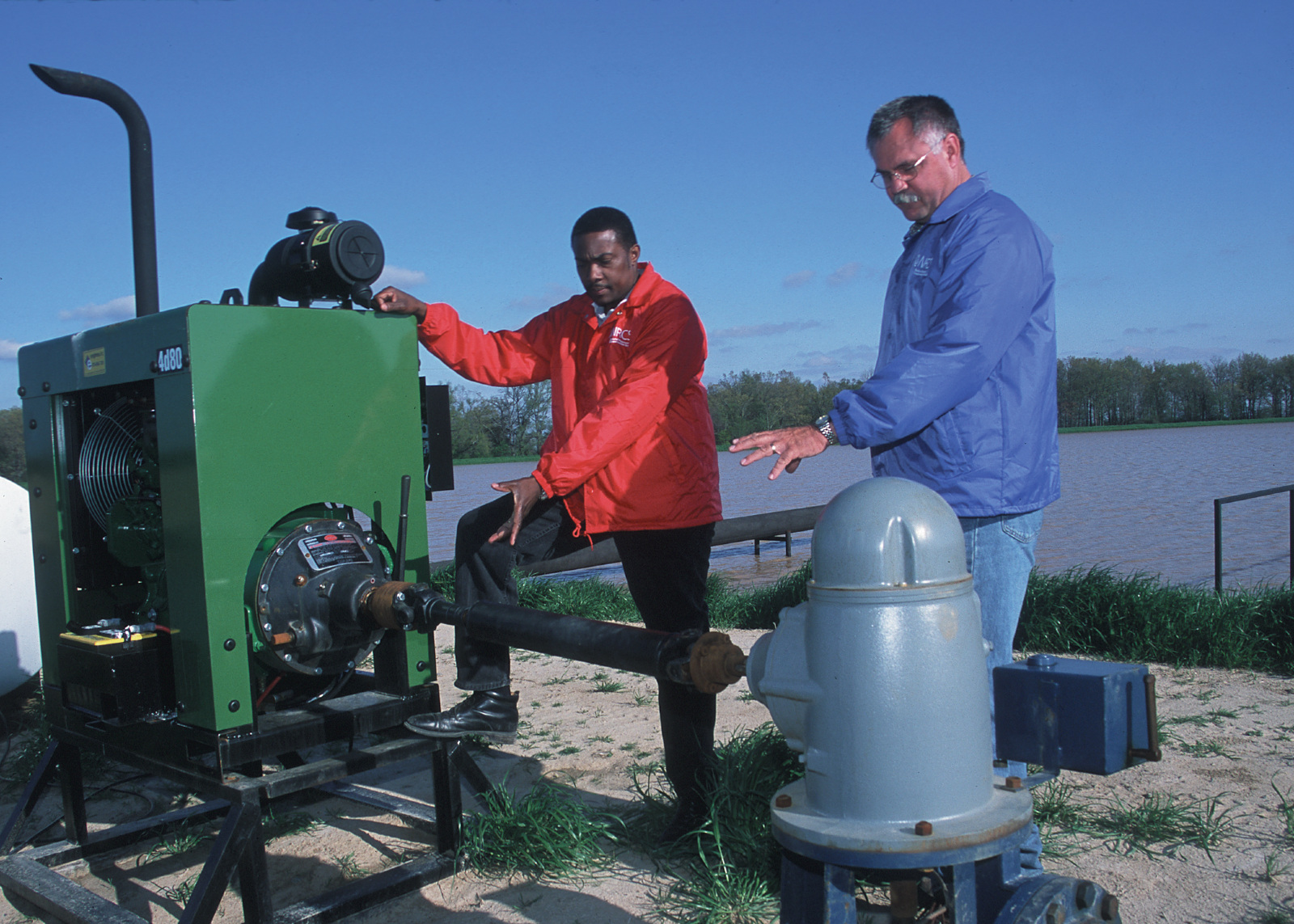
What is COMET-Farm?
COMET-Farm is a whole farm and ranch
carbon and greenhouse gas accounting system.
The tool guides you through describing your farm and ranch management practices including alternative future management scenarios. Once complete, a report is generated comparing the carbon changes and greenhouse gas emissions between your current management practices and future scenarios.
jQuery Slider
COMET-Farm estimates the ‘carbon footprint’ for all or part of your farm/ranch operation
and allows you to evaluate different options, which you select,
for reducing GHG emissions and sequestering more carbon. General guidance is provided
about potential changes to your management practices that are likely to sequester
carbon and reduce greenhouse gas emissions.
Because the tool uses detailed spatially-explicit data on climate and soil conditions
for your location and allows you to enter detailed information for your field and
livestock operations, it is able to produce an estimate tailored to your
specific situation. No prior training is needed to run the tool and embedded ‘Help’
functions are provided to assist you in running the tool.
Users can access any accounting of COMET-Farm with or without creating an account. We strongly encourage users to create an account to be able to save their activity data to a project and return to it later. Users can create unlimited projects, sample projects included. COMET also allows users to create demonstration projects, or sample projects with sample activity data for each accounting activity to practice navigating the tool and generating a report.
Users may also view activity data via the data entry sheets for each COMET-Farm Accounting Activity:
- Cropland, pasture, range, orchard/vineyard
- Animal Agriculture
- Agroforestry
- Zip Code
- Tree Species Group
- Age or DBF
- Number of trees planted
- Forestry
- Specific stand locations
- Stand management:
- Dominant forest type
- Past land cover (forest or not)
- Age (years) OR total volume (m^3/ha) OR merchantable volume (m^3/ha)
- Prescription: grow only OR clear cut (year(s))
You may use COMET-Farm in one of two ways – as a registered or unregistered user.
Regardless of the method you choose, the USDA will not use, share, or view your
information. You are the only person who is able to see your information.
Registered Users
Data stored for later use
Registering allows you to store your management information safely and securely,
so that you may later return to update your information or try other management
scenarios. The USDA will not use, share, or view your information; nor will any
other user of the tool. Please see thePrivacy Policy for more information.
Unregistered Users
Data purged immediately after use
Although registering allows you to conveniently store and later retrieve your management
information, we recognize that not all users feel comfortable with this. You may
continue without registering and the information you enter during this session will
be purged and not stored permanently.
The system uses your information on management practices together with spatially-explicit
information on climate and soil conditions from USDA databases (which are provided
automatically in the tool) to run a series of models for each potential source of
greenhouse gas emissions.
For the Field Module, estimates are made using the DayCent dynamic
model, which is the same model used in the official U.S. National Greenhouse Gas
Inventory.
Emissions in the Livestock Module are estimated using statistical
models based on USDA and university research result and are similar to models used
in the U.S. National Inventory.
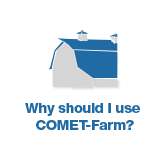
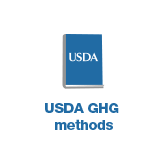

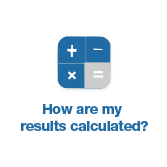


 Related Tools
Related Tools
 Choose the management activities you want to investigate.
Choose the management activities you want to investigate.
 Describe the locations and management practices for
the selected activities. Add possible future management scenarios to compare to
your current practices. What information will I need to provide?
Describe the locations and management practices for
the selected activities. Add possible future management scenarios to compare to
your current practices. What information will I need to provide?
 Run the report.
Run the report.


















